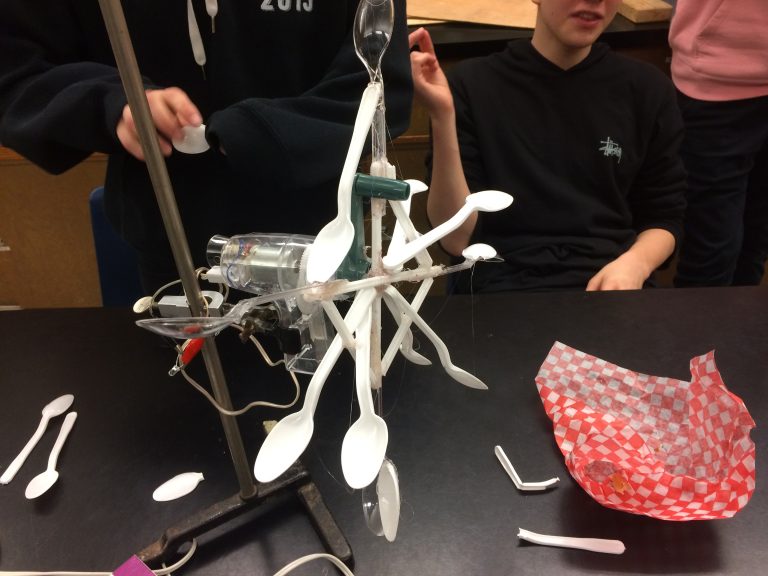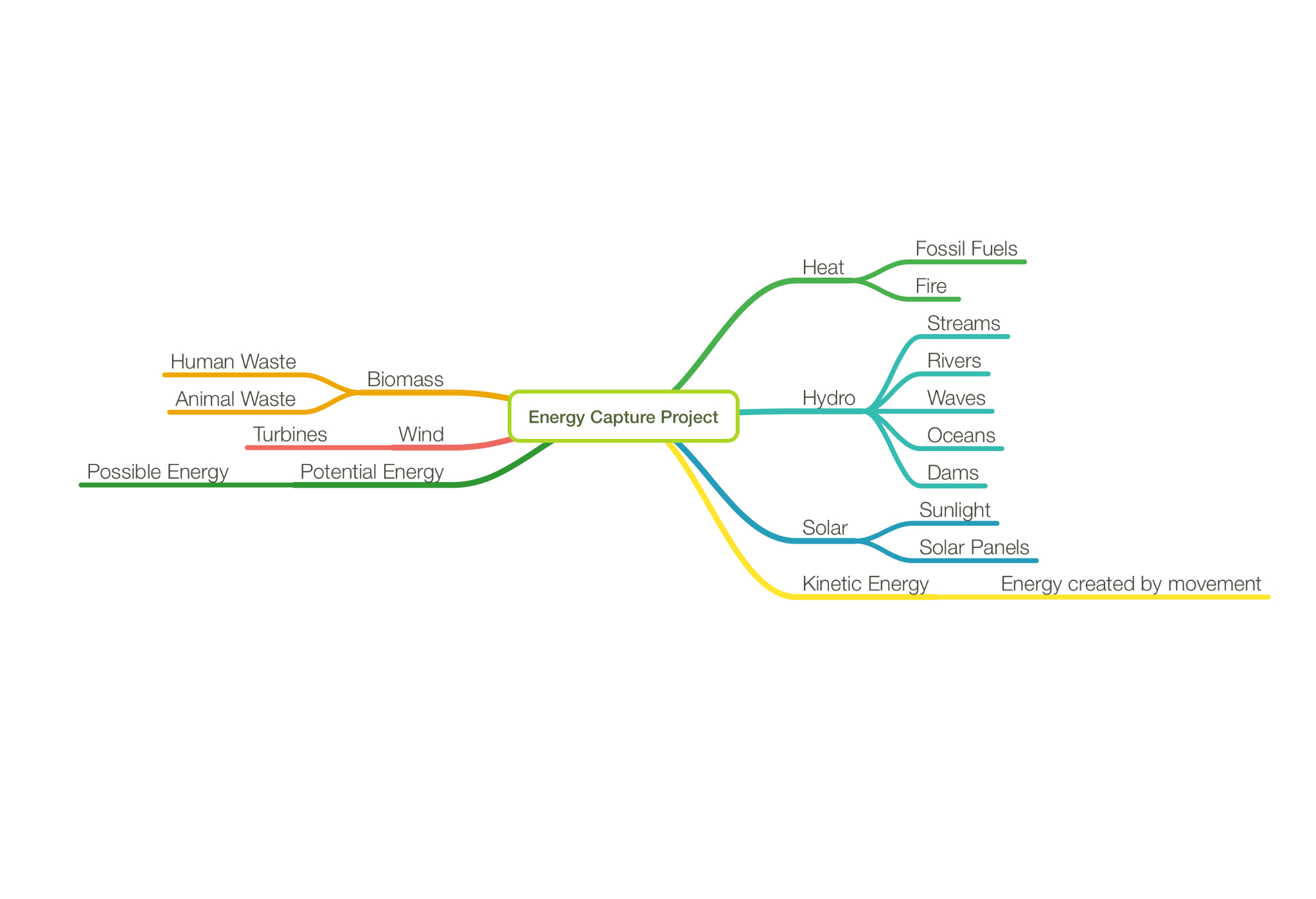We have just finished yet another math and science unit, this time however, they were very much intertwined. Using our graphing skills from math, and our knowledge of energy from science, we were able to create our own working power generator.
The assignment was to design and manufacture a generator that harnessed energy form nature in order to light up an LED lightbulb. My group was made up of Willa, Alex, Aiden, and Michael. Our original idea was to create a steam/fire powered generator that would then push a fan in order to rotate a small rotator, such as this one:
Due to the fact that we had to eventually bring our models into class, this project as deemed unsafe by our teacher. Although this would’ve beeen much more interesting, we settled on an idea that was assigned ro us by Mr. Gross, to create a water wheel.
This was probably the simplest way of harnessing natural energy, because all you need is a flowing body of water. Sad to say, we were the last group that decided to build a water wheel so we ended up with the worst motor, it required much more force to turn, making this project just that much harder. This was the biggest factor of our project and was probably the biggest obstacle we faced. How would our group get around this problem? Some good ol’ plastic cutlery…
As you can probably see just form the image, this was a very rickety design that would shockingly not work. Who woulda thunk? The next step in the creation process was to obviously rip it apart and start again, as all good creators do.
We didn’t get rid of all of the spoons, these would be our reinforcements for one of the most hazardous materials known to man… pop cans cut in half, absolutely deadly weapons those are. These would be material that would be picking up the water and getting the motor to spin.
for one of the most hazardous materials known to man… pop cans cut in half, absolutely deadly weapons those are. These would be material that would be picking up the water and getting the motor to spin.
OUr first prototype of this new design only had four arms with cans superglued to the end. This just simply wasn’t enough. So then we tried six, but still not good enough. Then eight, which finally worked! We amannged to generate 1.62 volts and 0.32 amps. Which is using a proper equation, comes to a whopping total of 0.5184 watts per second. However, since joules are essectioally the same thing, we can produce that amount of joules, this is just much easier for calculations and equations. With the help of a wonderful thing that I like to call Google, we figured out that it would take roughly 10.5 hours to charge your iPhone with this water wheel. Not quite optimal, but useful if you get stranded in the middle of nowhere.
After we completed all of the building and designing, it was time to create an advertisement to sell our wonderful product. Due to our great care for our machine, it was pretty much falling apart by this point, thank god we made the choice to film it in action when it actually worked. We wanted to take the path of an infomercial that was brutally honest yet still spoke about the perks and facts of our water wheel, aka. The OOPWAH. What does this stand for? Well, since the idea we were interested in was shot down, we thought we’d give it a little bit of a shoutout and name our approved generator, “Our Other Product Was A Hazard.”
Most of the this was written by yours truly, just in case you couldn’t already tell by the amount of sarcasm that was included. We spent just under a week writing out a detailed script and a list of scenes we wanted to include. Once this was complete we moved onto filming.
All in all, this project was a good idea, but nothing more. If we’d been able to pursue an idea that we had an actual interest in it would have been much more engaging. We also had an unreasonably long amount of time to do this, making it very intolerable at some points, and quite repetitive. Yes we learned some stuff about energy and linear equations, but if we’d had more control over our final product it would have been much more exciting and interesting.
As always for science, we were to create a mind map that included all of our previous knowledge on the upcoming unit:
And what’s the point of doing this if you’re not going to follow it up with something to show your learning? This is exactly what our unit end mind map is for. Here it is:



Be First to Comment